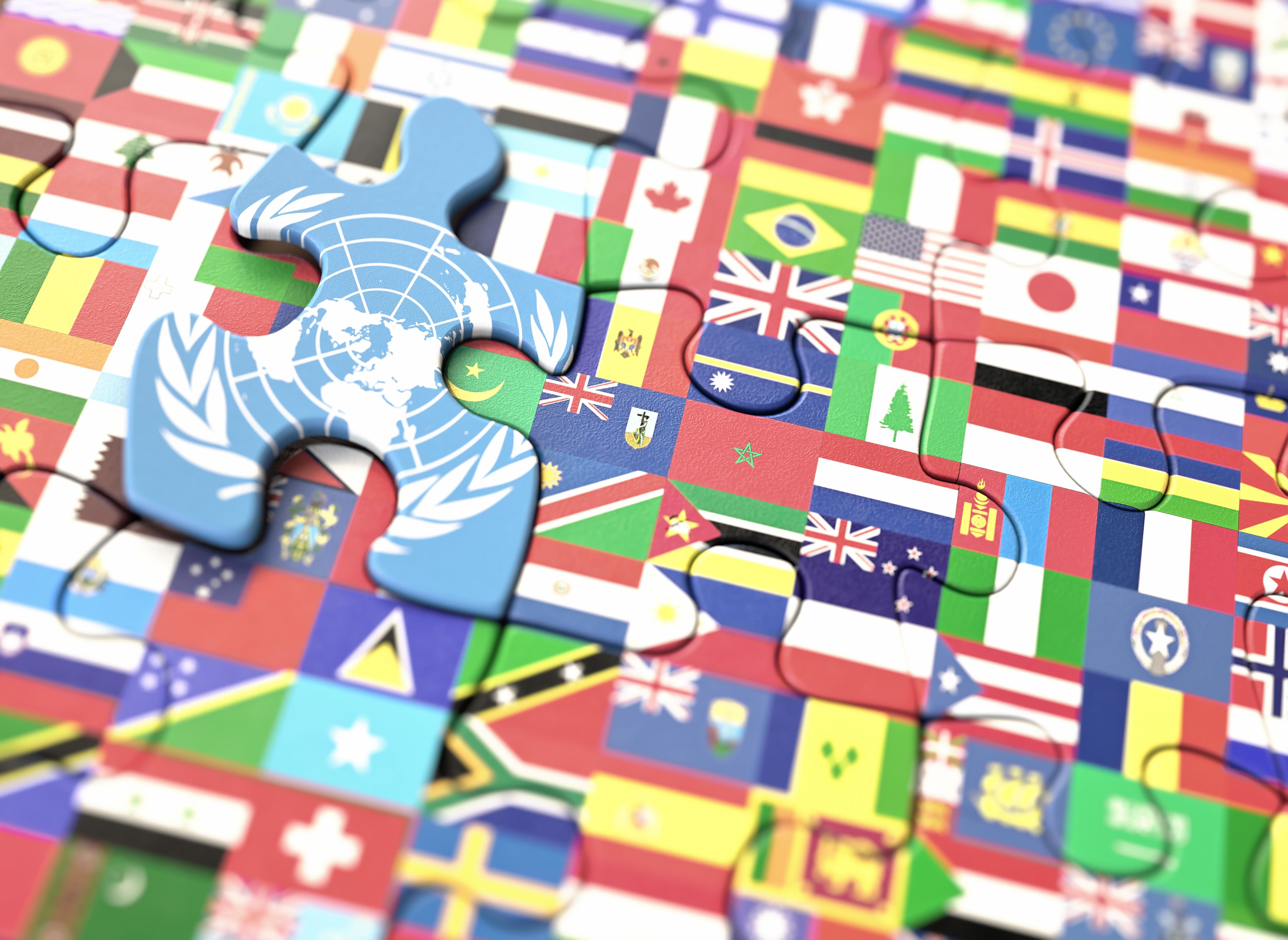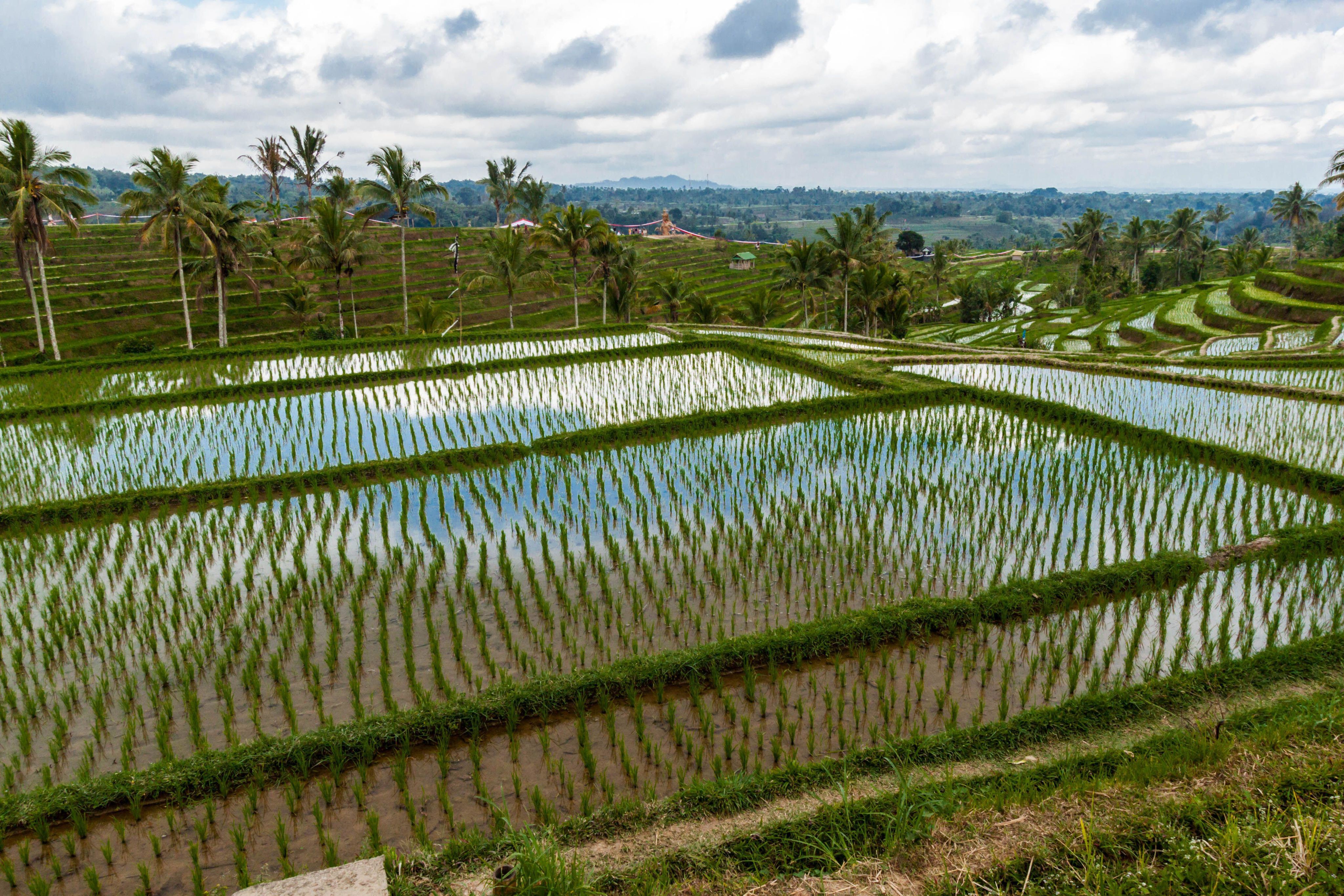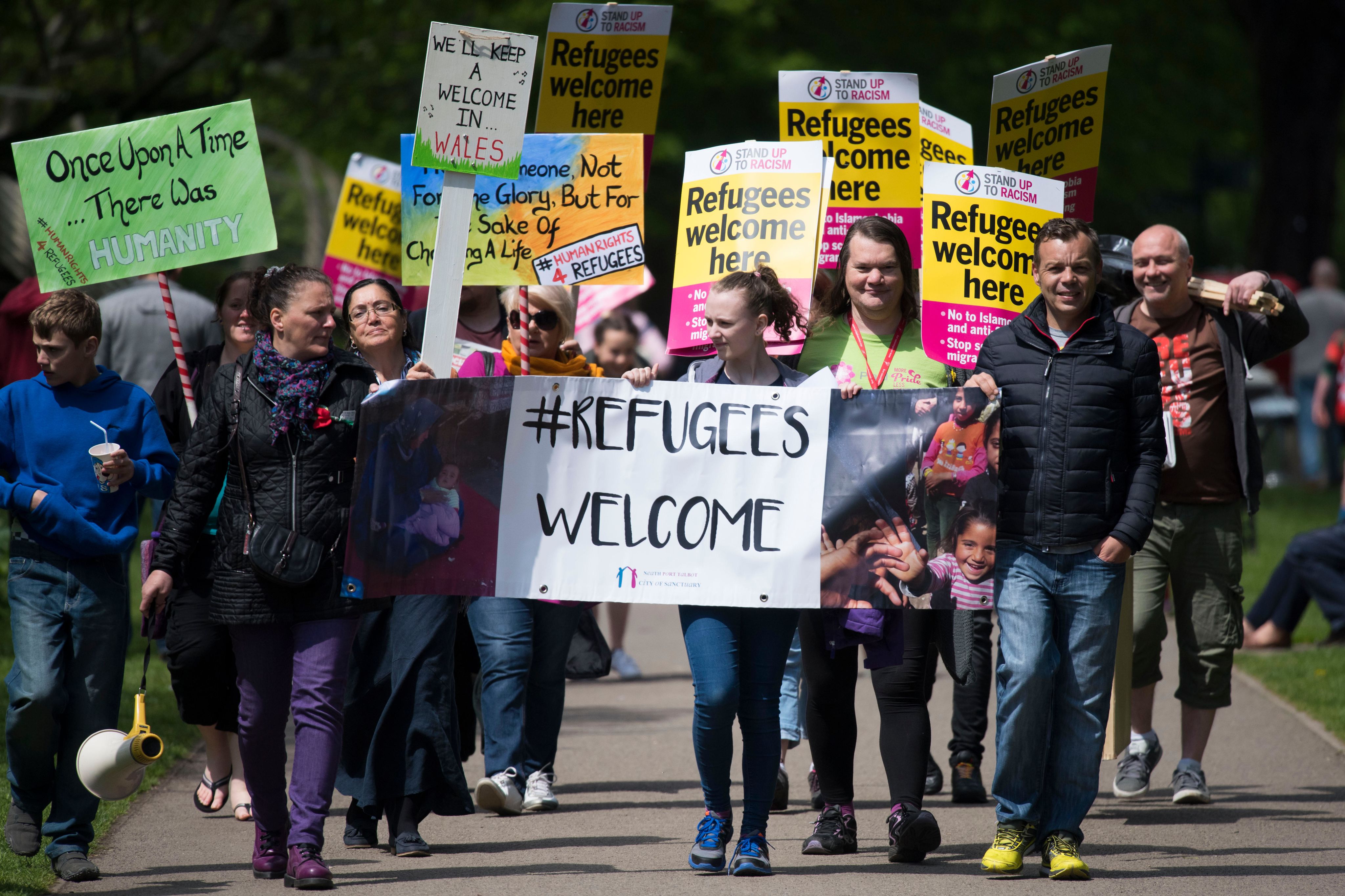Five open access books that have impacted policy

By Leah Kinthaert, October 2023
In a 2020 study, data scientist Mike Taylor used Altmetric data to look at over 32,000 books and 220,000 chapters, specifically in the Social Sciences and Humanities. He discovered that “both OA books and chapters have significantly higher use on social networks, higher coverage in the mass media and blogs, and evidence of higher rates of social impact in policy documents,” concluding that “the apparent OA altmetrics advantage suggests that the move towards OA is increasing social sharing and broader impact.” He found OA books to be particularly advantageous when it comes to impacting policy: “proportion of OA books getting attention is higher" for Policies by a factor of 3.2.
We analyzed Dimensions data at Taylor & Francis this August, and for the 1,800+ OA books we've published since we launched our Open Access Books Program in 2013, we found that a typical OA book has more than double the number of citations than a non-OA book. OA books content has been accessed over 2 million times via our website, taylorfrancis.com, with readers from 4,000+ institutions and 100+ countries accessing our OA book content. To try and get a better picture of and see how some of our books are impacting policy specifically, we did a deep dive into that data from Altmetric.
What follows are five Taylor & Francis open access books, that have directly influenced recent policy documents published in the past five years, from some of the largest and most influential organizations in the world.
These include the World Health Organization (WHO), the Food and Agriculture Organization of the United Nations (FAO), the World Bank, and The Publications Office of the European Union.

The body (of evidence) politic
Research-policy engagement has proven to be a challenge for both researchers and policymakers, in terms of getting research out there (organizational and structural barriers), and making sure research is translated out of academia-speak for policymakers to understand and utilize. Ironically, the very style that academics use tends to be tentative, using modal verbs to avoid suggestion of bias. This sort of writing isn't naturally convincing, so the data put forth must do all of the work and carry the weight of the intended communication.
Justin Parkhurst’s open access book, “The Politics of Evidence,” brings up another barrier for engagement, that of politics.
The abstract of Parkhurst’s book explains: “There has been an enormous increase in interest in the use of evidence for public policymaking, but the vast majority of work on the subject has failed to engage with the political nature of decision making and how this influences the ways evidence will be used (or misused) within political areas.”
His book has been cited in policy documents from four organizations, including the Food and Agriculture Organization of the United Nations (FAO), the World Health Organization, the Overseas Development Institute, and the Publications Office of the European Union.
In the last policy document of this list, published in July 2022 and titled “Assessing national institutional capacity for evidence-informed policymaking,” Parkhurst’s work is utilized as part of the document’s “guiding principles from the literature on evidence-informed policymaking.”
The foreword for this EU report states: “As policy issues become increasingly complex and interconnected and politics ever more polarised, robust institutions that ensure that scientific knowledge is mobilised, synthesised, translated for, and integrated into the policymaking process become increasingly relevant.”
The authors provide four guiding principles for evidence-informed policymaking, which include: transparency (“Clear and transparent processes to generate and assess evidence engender confidence in the findings”), quality and rigour, credibility and legitimacy (“what political scientists refer to as input/output/throughput legitimacy”), and trust, the first three of these taken directly from Parkhurst’s book.
Read the policy paper here, and the open access Taylor & Francis book here.

A toxic testament to human activity
Reports of toxins found in bodies of water have made a significant splash on the headlines lately. From the pup in the UK who died this past summer not long after ingesting algae in a lake, to the toxic algal bloom in a Florida lake so large it can be seen from space, humans have upset what was once a delicate natural balance.
A new joint report from the FAO, IOC, and IAEA explains how we’ve managed to brew this rather deadly stew: “Globally, there are 3,400 to 4,000 described species of marine microalgae but only 1 to 2 percent are considered to be harmful. The generic term ‘harmful algal bloom’ includes proliferations of microalgae in marine or brackish waters that can cause water discolouration and massive fish kills, contaminate seafood with toxins, or alter ecosystems and services in ways that humans perceive as detrimental.“
“The impacts and mass mortalities of marine species caused by harmful algae are not new and have been recorded for decades. However, there is growing concern that these events will increase due to accelerating global warming, climate change and anthropogenic activities.”
This report cites a Taylor & Francis book, “Toxic Cyanobacteria in Water: A Guide to Their Public Health Consequences, Monitoring and Management,” as a good resource for freshwater cyanobacteria blooms, calling the book “comprehensive.”
In the open access book, published by CRC Press in conjunction with WHO, editors Ingrid Chorus and Martin Welker provide some historical context: “Cyanobacteria have been present in natural ecosystems since the Precambrian Era, some 2 billion years ago, and the production of cyanotoxins is probably an equally ancient characteristic.“
“The first scientific report on toxic cyanobacteria dates from the late 19th century, but earlier historical records have been interpreted as similar poisoning events … In comparison with more recent sediments, in most cases, the assumed historic concentrations were, however, much lower than those found in today’s eutrophic lakes.“
Chorus and Welker continue: “In large parts of the world, waterbody eutrophication started accelerating in the middle of the 20th century, in the wake of urbanisation and industrialisation. Since that time, massive cyanobacterial blooms have occurred in many lakes and reservoirs in which this phenomenon was not known before. Therefore, it is not the biosynthesis of toxins itself that created a new health hazard, but the more recent significant proliferation of toxic cyanobacteria in water bodies as a result of human activities.“
"This health hazard most probably will gain growing importance as cyanobacterial blooms are expected to increase at the scale at which eutrophication is expected to increasingly occur in many regions of the world.”
You can read the CRC press book here, and the FAO study here.

Aye, robot
While “less than 5 percent of farmers across Asia, Europe, North America, and South America” are using automation on their farms, this is likely to grow substantially due to increases in costs for labor and chemicals, and a warming climate, which is reducing yields.
The policy paper, “The State of Food and Agriculture 2022: Leveraging agricultural automation for transforming agrifood systems,” addresses the potential for this revolution in farming, analyzing “the business case for adoption of digital automation technologies in different agricultural production systems across the world,” and “suggesting policies to ensure that disadvantaged groups in developing regions can benefit from agricultural automation and that automation contributes to sustainable and resilient agrifood systems.”
The 2022 FAO report explains that it “relies on four other background papers that summarize the evidence from literature and available data.” One of these is the open access Routledge book, “Transforming Agriculture in Southern Africa: Constraints, Technologies, Policies and Processes”. This 2019 book, which “draws on case studies from Lesotho, Malawi, Mozambique, Namibia, South Africa, Swaziland, Tanzania, Zambia and Zimbabwe,” was written with the “intention to be a valuable support for informing new policies and processes aimed at improving food production and security and developing sustainable agriculture in Southern Africa.”
Indeed, it succeeded, and is being used by the prestigious and influential FAO, whose extensive audience includes ”policymakers; donors; international organizations; academia; and journalists and researchers specializing in food security, agrifood systems, the environment and international development.”
Read the policy paper here, and the open access Taylor & Francis book here.

Contesting the narrative
In the policy document, “Towards a more resilient Europe post-coronavirus,” published by The Publications Office of the European Union, the authors map out 66 structural risks facing the EU, and offer possible actions to “prevent or mitigate them.” One of the risks predicted in this 2020 report is a “new migration crisis,” and one of the causes for this crisis is COVID-19.
The report explains: “According to UN statistics, the global stock of migrants had been on a steady rise before the current health crisis, counting 271 million in 2019, of which 10.6 % were refugees and asylum-seekers. Refugee flows are more prone to sudden large movements, caused by conflicts, instability, and political persecution … The current health crisis is having a deep impact on migrants and migration. Travel restrictions have left migrants stranded all over the world.”
The authors of the report continue: “A prolonged health crisis will continue to hinder migration, through restrictions on movement, increased controls and personal risks to migrants. These trends also influence the patterns of human trafficking and migrant smuggling, which look for ways to evade barriers. With migrant worker communities among those most affected by coronavirus and its economic impact, future severe outbreaks could again drive mass returns of migrants seeking shelter (as already witnessed in India, or in the EU – back to southern Italy or to Romania).”
The most recent global estimate, from about two years ago, says that indeed the number of migrants (and refugees) has grown — the total number of migrants stood at 281 million in 2020, with over 32.5 million of them being refugees.
The report recommends that the European Parliament “as co-legislator can ensure a strong focus on solidarity between Member States and a human right-based approach. The EP can use parliamentary diplomacy to support international cooperation on asylum and migration issues in line with international human rights standards and the Global Compacts.”
Several books are listed as sources for further reading on the topic of refugees, including the Routledge open access book, “Europe and the Refugee Response: A crisis of values?“ This book, with its stance on immigration, has a decidedly human rights focus, which is in line with the “human right-based approach” the EU policy document has.
Editors Elżbieta M. Goździak and Izabella Main open chapter 1, “European norms and values and the refugee crisis: issues and challenges,” with a question. Their premise is that refugees are not the issue — the problem lies with Europe’s values. They explain: “These are indeed large numbers (asylum seekers and migrants), but do they constitute a ‘crisis’? Today’s exodus from the Middle East pales in comparison with the situation Germany faced, and surmounted, after World War II. At the end of WWII, there were some 11 million displaced people in Germany alone. They were slave laborers, prisoners of war, and Holocaust survivors. The Germans who had lived in Eastern Europe were being expelled from Czechoslovakia, Poland, and Hungary.”
They point out what they see as faulty immigration policies: “Deaths and suffering of migrants trying to enter Europe have become one of the defining moral and political issues of our time. Many humanitarian organizations and refugee advocates argue that these deaths result from Europe’s policy of exclusion and closure.”
They continue: “the arrival of several million newcomers in Europe in recent years presents real challenges, of course, but a prosperous European Union with a population in excess of 500 million has the means to overcome them, doesn’t it?”
Access the policy paper here, and the open access Taylor & Francis book here.

Using behavioral and cultural insights to solve health crises
The proliferation of illnesses such as diabetes and cardiovascular disease is considered to be a major public health failure. According to the Pan American Health Organization, “growing rates of obesity, poor diets, and lack of physical activity, among other factors, have contributed to a more than three-fold increase in the number of adults living with diabetes in the Americas in the past 30 years.” And the CDC reports that, “in 2020, an estimated 523 million people had some form of cardiovascular disease (CVD), and approximately 19 million deaths were attributable to CVD; this represents approximately 32% of all global deaths and is an absolute increase of 18.7% from 2010.”
A 2023 WHO policy document, “A guide to tailoring health programmes: using behavioural and cultural insights to tailor health policies, services and communications to the needs and circumstances of people and communities,” takes a look at these largely preventable public health crises in order to find solutions.
The WHO paper explains: “Some of the most persistent public health challenges are dependent on human behaviour. These include, among many others, overuse of antibiotics, use of tobacco and alcohol, suboptimal uptake of vaccination and cancer screening, lack of pandemic or sexual protective behaviours, and low adherence to treatment plans for diabetes and cardiovascular disease. These challenges place a weighty burden on health systems and on the health and well-being of individuals. They call for evidence-based action that draws on an understanding of these health behaviours and the cultural context in which they take place, and on engaging with those affected.”
This document cites the open access book, “Arts-Based Methods for Decolonising Participatory Research,” as a source of guidance on research methods “appropriate for behavioural and cultural insights.”
What exactly is participatory research? And what does it mean to 'decolonize' such research? The editors, Tiina Seppälä, Melanie Sarantou, and Satu Miettinen, explain in their introduction what participatory research looks like: (it is) “research that supports the perspectives, needs and interests of the research participants in their place-based and cultural con-texts.” They continue: “Decolonising design, through practices and thinking, seeks to question dominant narratives and relationships of power that perpetuate delocalised and disembodied perspectives of the Global North/West and eliminate other ways of knowing.”
They refer to the writings of Kenyan author and academic, Ngũgĩ Wa Thiong’o, in order to explain how art can be used to work towards this decolonization: “fiction, drama and poetry (are used) as ways to reconnect with broken roots of the past: first, by looking at the past critically and, second, by helping build healthy societies.”
You can continue reading about decolonizing research here.

Celebrating 10 years of open access books
Open access content is far more likely to be downloaded and cited, and research has found that open access book chapters are downloaded seven times more than non-OA titles. In addition, OA books were cited 50% more, and mentioned online 10 times more. With statistics like these, it's not surprising that OA books are valued in policy documents aimed at solving the world’s problems.
OAPEN explain the benefit in their article, “Why publish open access?”: “Publishing open access means your book or chapter can be read, reviewed, shared and cited without depending on readers buying it or libraries stocking it. Open access therefore greatly increases the opportunities for your work to be read widely and to have an impact on the world.”
At Taylor & Francis, we’ve been publishing open access journals since 2006, and in 2013 we complemented these with our Open Access Book Programme. We’re celebrating 10 years of publishing open access books right now! Learn more about open access book publishing here.
Find more tips for increasing your research impact here.

You might also like:
Insights and blogs
- 12 must-read open access (OA) books: Tackling urgent global challenges with open access books
- 10 essential open access (OA) books on climate change
- Accelerating Open Access in the UK: How our partnership with Jisc is boosting research impact
- Five open access research papers influencing policy right now
- Impacting policy with evidence-based research: 5 open access STEM papers
Social justice and sustainability
Find out about the content we publish, commitments we've made, and initiatives we support related to social justice and sustainability:
 China
China Africa
Africa
